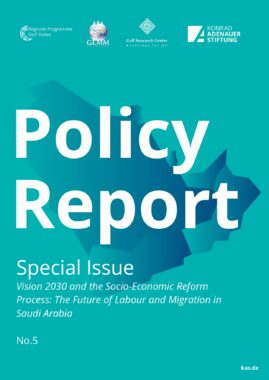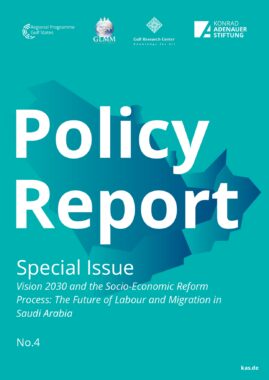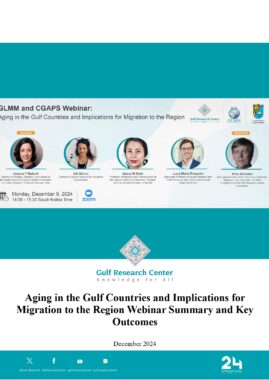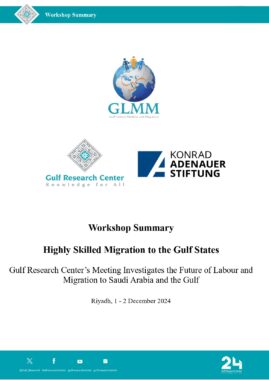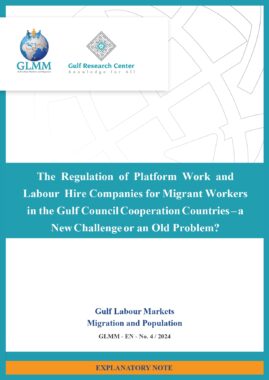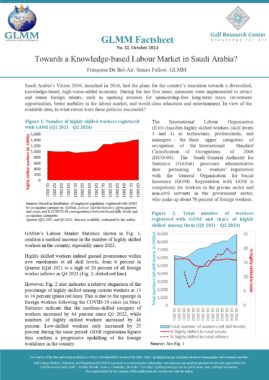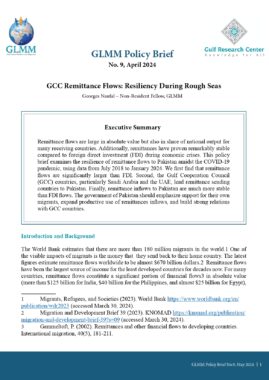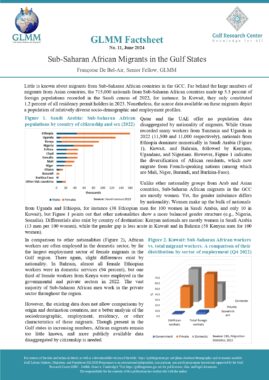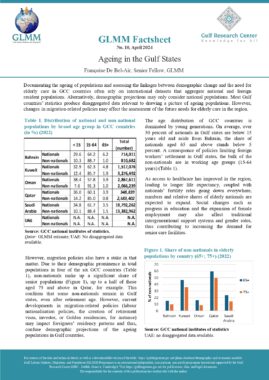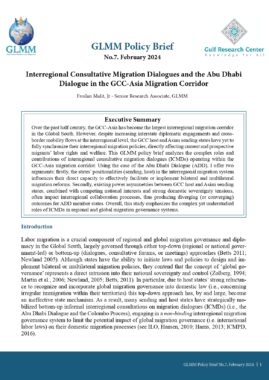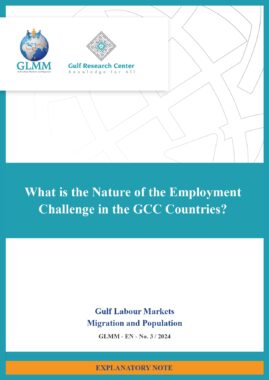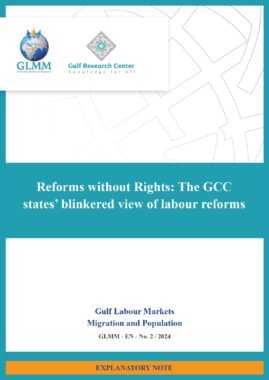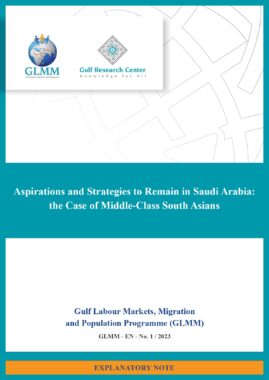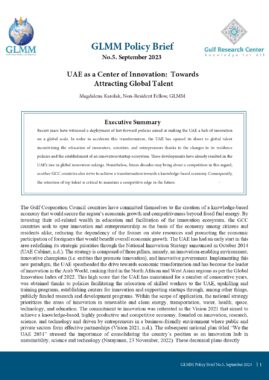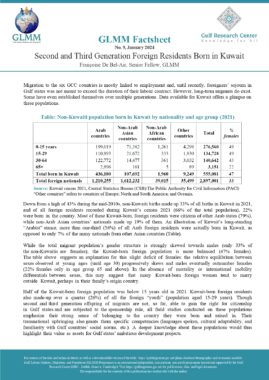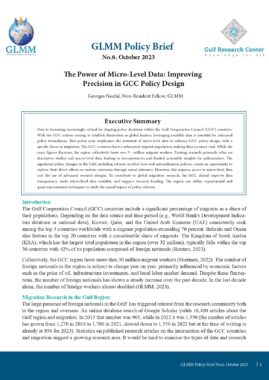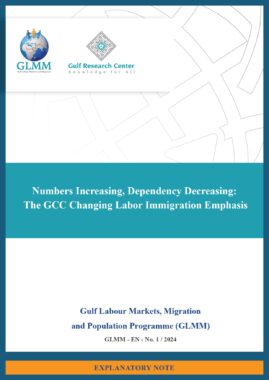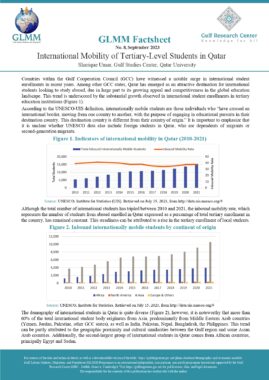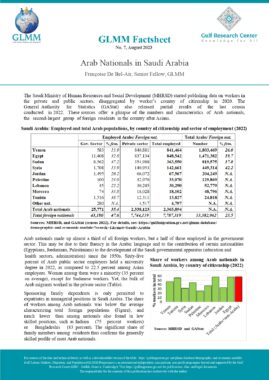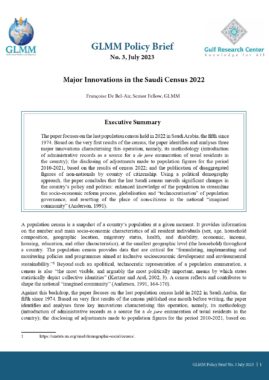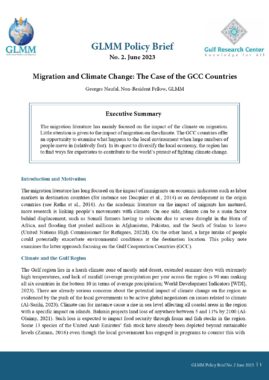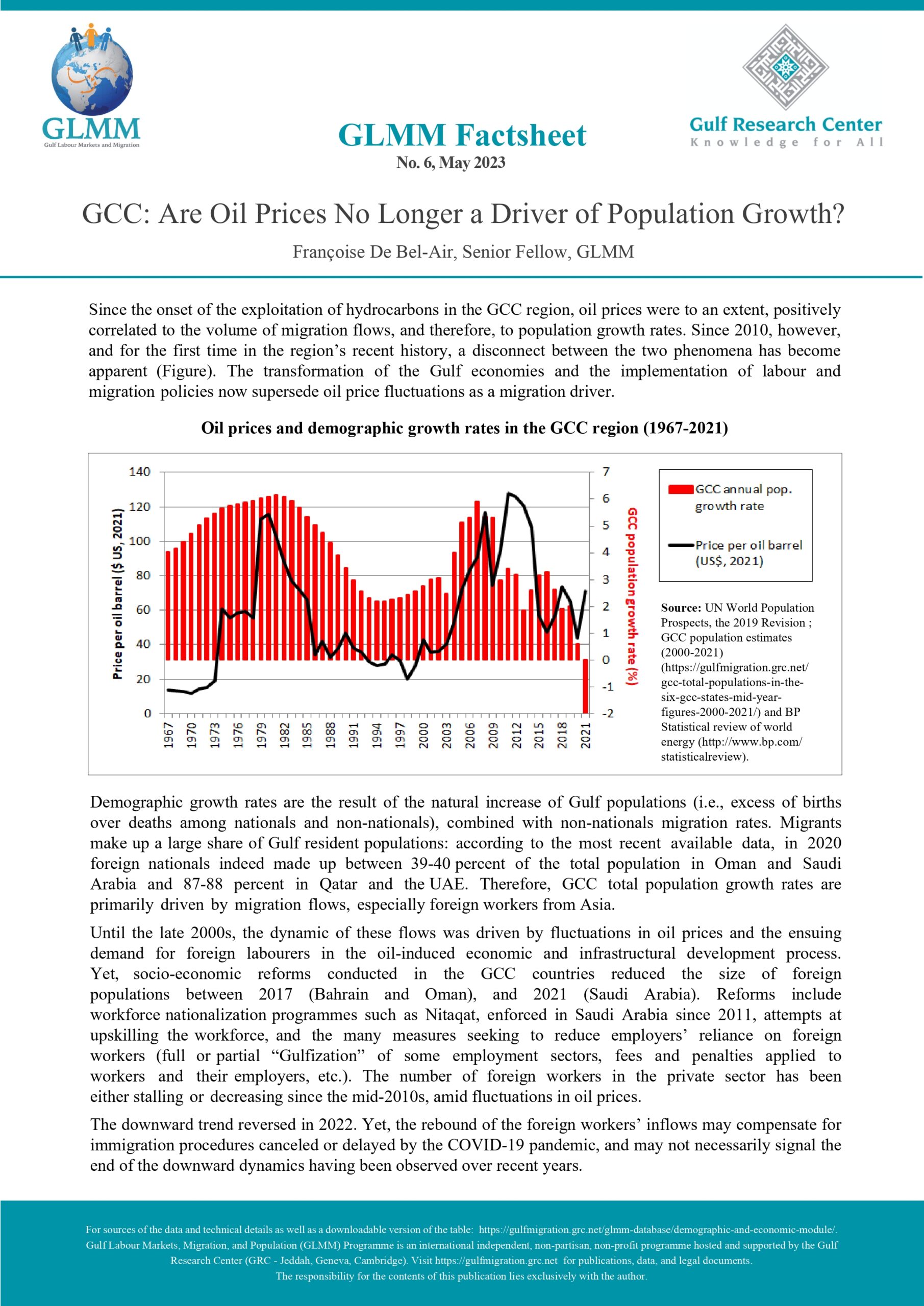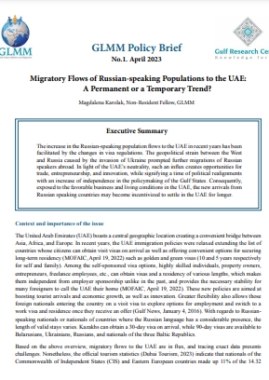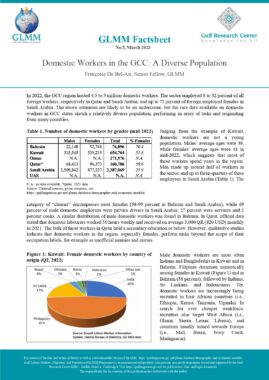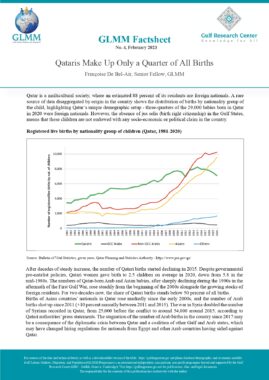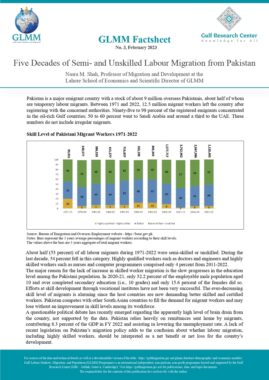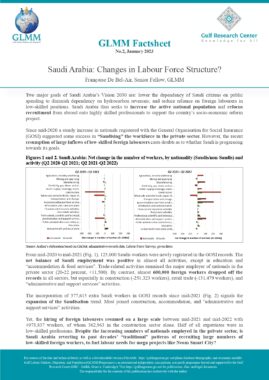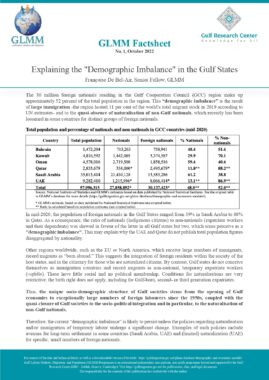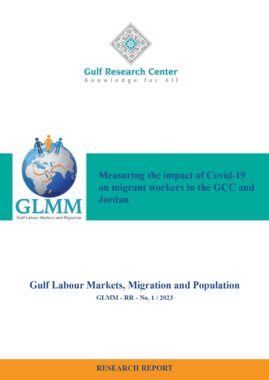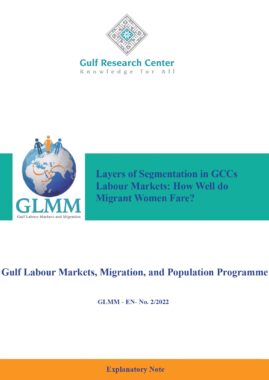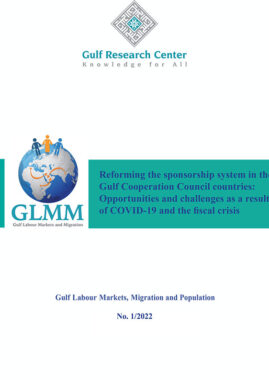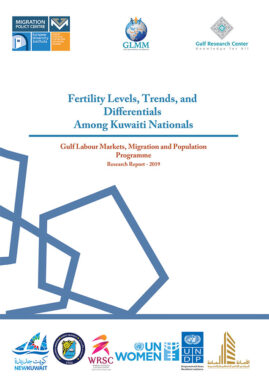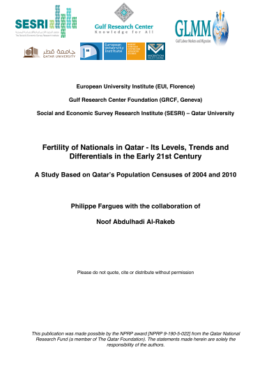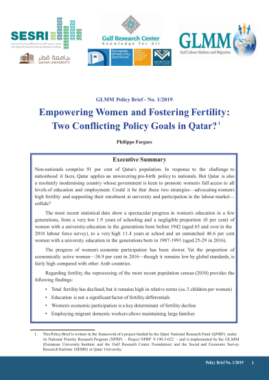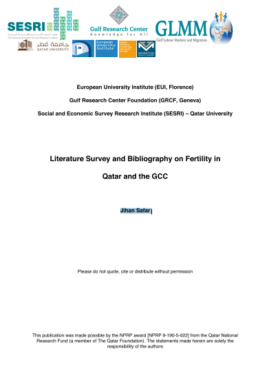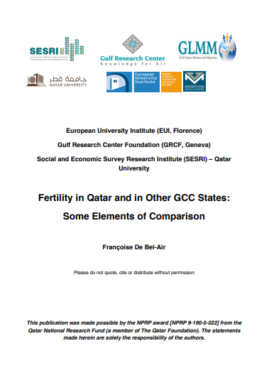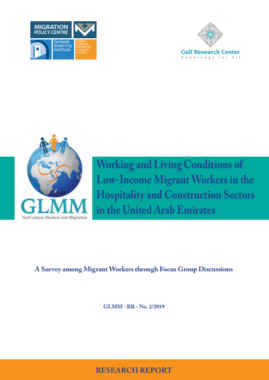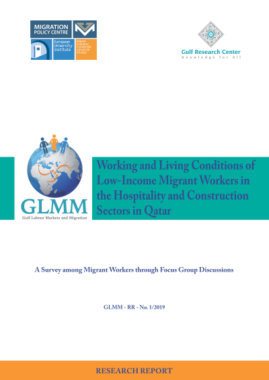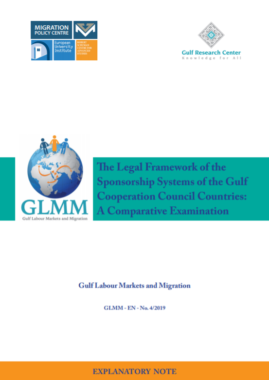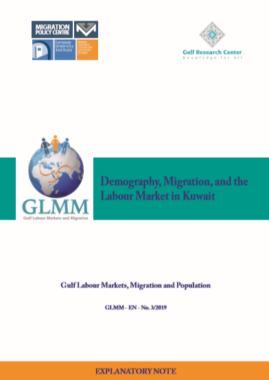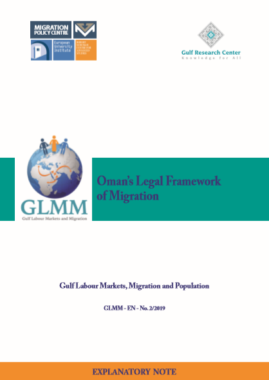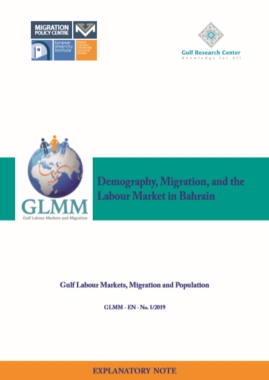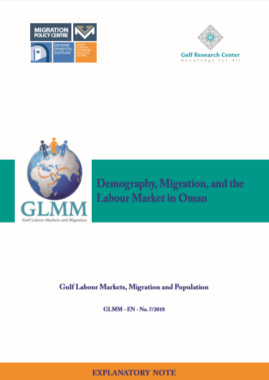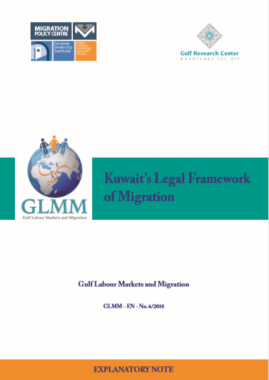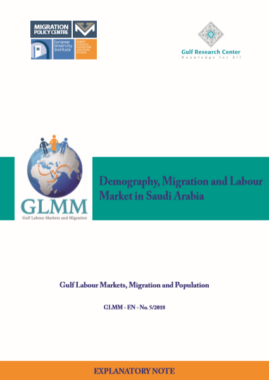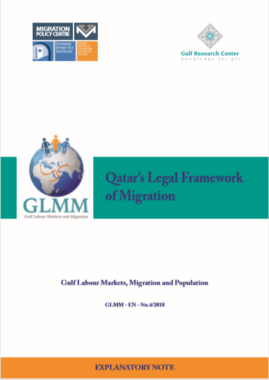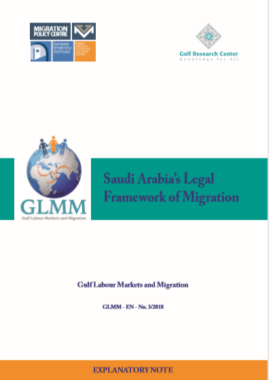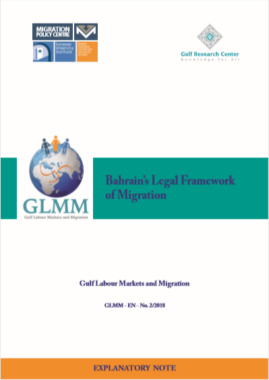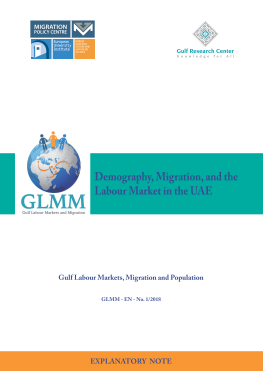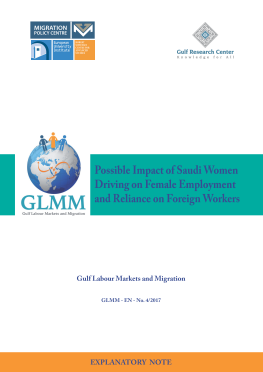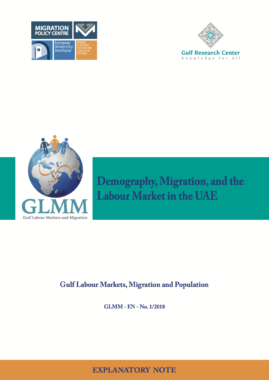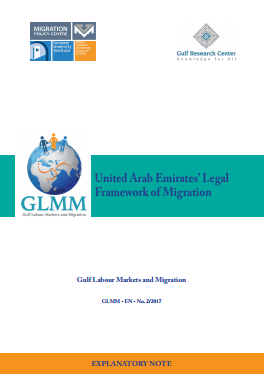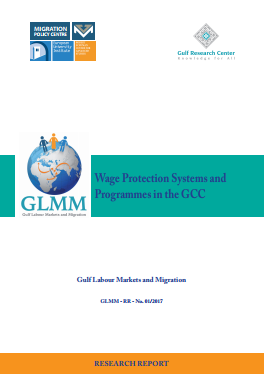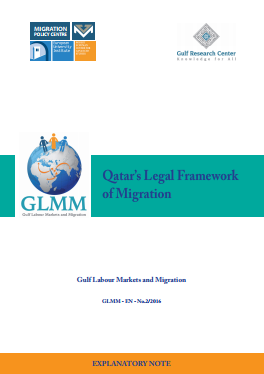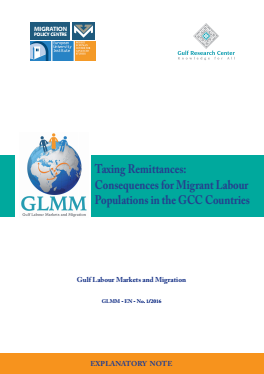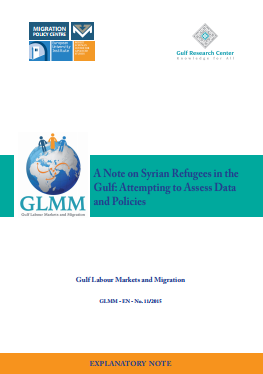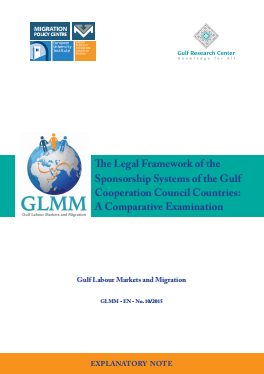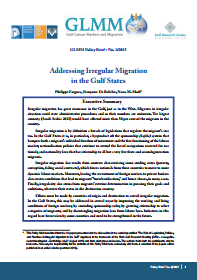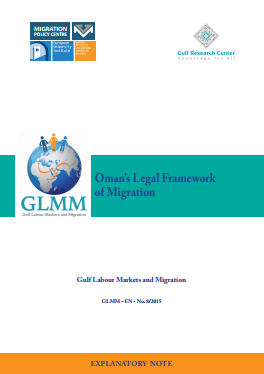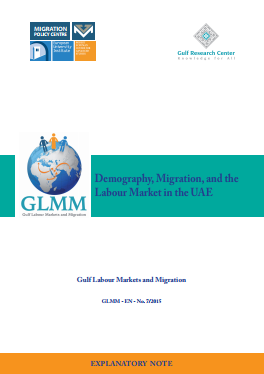GCC: Total population and percentage of nationals and non-nationals in GCC countries (national statistics, mid-2022)
| Country | Total population | Nationals | Foreign nationals | % nationals | % foreign nationals |
| Bahrain | 1,524,693 | 714,011 | 810,682 | 46.8 | 53.2 |
| Kuwait | 4,589,643 | 1,502,896 | 3,086,747 | 32.7 | 67.3 |
| Oman | 4,730,648 | 2,835,864 | 1,894,784 | 59.9 | 40.1 |
| Qatar | 2,878,202 | 348,839* | 2,529,362* | 12.1** | 87.9** |
| Saudi Arabia | 32,175,224 | 18,792,262 | 13,382,962 | 58.4 | 41.6 |
| UAE | 10,288,946 | 1,331,683* | 8,957,263* | 12.9** | 87.1** |
| Total | 56,187,356 | 25,525,555* | 30,661,800* | 45.4** | 54.6** |
| Source: National institutes of statistics and GLMM’s estimates based on data published by National Statistical Institutes (see below) | |||||
| * GLMM’s estimate, based on data published by National Statistical Institutes (see below). | |||||
| ** Ratio is calculated on the basis of population estimates (see below). | |||||
1- Definition:
Non-nationals are:
1- persons bearing nationality of a foreign State other than the GCC State of residence, or bearing no proof of nationality from any given state (stateless persons and holders of refugee status and travel document in a third country);
2- Holders of residence permit residing in the given GCC country at date of census, as per definition of residence used in each of the countries.
Figures by nationality for Qatar are author’s estimates.
2- Sources of data:
(1) Bahrain Open Data Portal, “Population” section,
https://www.data.gov.bh/pages/homepage/
Source: administrative records (central Population Register)
(2) Kuwait Central Bureau of Statistics
https://www.csb.gov.kw/default_en
“Population” statistics, 01-01-2022 and 01-01-2023
The population estimates are based on the results of census 2021.
Kuwait population estimates: based on natural increase (births-deaths), and number of naturalisations during past year.
Non-Kuwaiti population estimates: based on natural increase, and on net migration (entries-exits) (Ministry of Interior data) recorded during the past year.
Source of births and deaths data: the Public Authority for Civil Information (PACI) (inaccessible from outside Kuwait as of December 2023).
The figure for mid-2022 (average of the two figures for 01 January) was calculated by the author.
(3) National Centre for Statistical Information (NCSI), census 2020 portal
https://portal.ecensus.gov.om/ecen-portal/
Dataset “Population”, updated figures for 01-01-2022 and 01-01-2023.
location of report: public/Census_reports/Public_Datasets/public_population_en.xanalyzer
The figure for mid-2022 (average of the two end-of-year figures) was calculated by the author.
(4) Total figures of Qataris and non-Qataris residing in Qatar are not readily available in any published source.
The present figures are GLMM’s estimates, using:
a. The Annual Bulletin of the Labour Force Survey 2022
https://www.psa.gov.qa/en/statistics/Statistical%20Releases/Social/LaborForce/2020/LF_Q2_2020_AE.xlsx
which gave:
1. the numbers of Qataris and foreigners aged 15 and above for 2022.
2. The total resident population in Qatar.
b. Qatar Planning and Statistics Authority. Woman and Man in the State of Qatar-A Statistical Profile, 2022,
https://www.psa.gov.qa/en/statistics/Statistical%20Releases/Social/GenrealSocialStatistics/MenWomenProfile/2022/Woman_Man_2022_EN.pdf
which gave:
1. the sex ratio of the total population by nationality
2. the percentage distribution of population by broad age group for mid-2021, by sex and nationality
(last available data on total national and foreign populations’ age structure, as of December 2023)
These were used to estimate the total population by sex and nationality.
(5) General Authority for Statistics (GAStat) Statistical database, census 2022, Population estimates.
Report name: Population estimates by gender, nationality, and region 2010 – 2022
based on the administrative records’ data:
“Population count is the total count of all persons living within the boundaries of the country at a specific time with their demographic characteristics from the official administrative records of the country”.
The table’s figures of Emirati and non-Emirati populations are GLMM’s estimates, using the following sources of published data:
1. Based on projections from census 2005, disaggregated estimates of Emirati and non-Emirati populations, last published for 2010 (mid-year)
(publication no longer available as of 25 02 2025)
2. Disaggregated figures of births and deaths for the Emirati population (end-of-year figures), published for the years 2009 to 2022(columns 1 and 2).
Starting with 2009 data, we calculate the numbers of Emirati births and deaths
3. Assuming:
a. that the Emirati nationals’ demographic growth is primarily driven by natural increase (births-deaths),and that Emirati citizens’ international migration and naturalisations are only a few;
b. that the figure of Emiratis for 2010 is accurate, we calculate the number of Emiratis for mid- years 2011 to 2022:
E. population mid-year n = (E. population mid-year n-1) + (E. births mid-year n) – (E. deaths mid-year n).
4. The estimates of Emiratis are deducted from given total population figures, to estimate the number of non-Emiratis.
The accuracy of such estimates cannot be assessed, as they are based on given data which cannot be verified, such as the projections of census 2005 population data for 2010.
for more details see: https://gulfmigration.grc.net/glmm-database/demographic-and-economic-module/?search=1&cmct=United+Arab+Emirates
Last date of access: February 2025.
Keywords: Bahrain, Oman, Kuwait, Saudi Arabia, Qatar, United Arab Emirates, Foreign & National Populations
GLMM and GRC cannot guarantee that the link to access the source will not change; that the information will not be removed from the website it was obtained from; that no geo-blockages will be imposed; or that the information will not be available for any another reason.
Similar Posts:
- UAE- A methodology for estimating the Emirati and non-Emirati populations (2010-2022)
- GCC: Total population and percentage of nationals and non-nationals in GCC countries (national statistics, mid-2020)
- GCC: Total population and percentage of nationals and non-nationals in GCC countries (national statistics, mid-2020)
- GCC: Total population and percentage of nationals and non-nationals in GCC countries (national statistics, 2020) (with numbers)
- GCC: Total population and percentage of nationals and non-nationals in GCC countries (national statistics, mid-2019)
Tags: Bahrain, Foreign and National Populations, Kuwait, Oman, Qatar, Saudi Arabia, United Arab Emirates
